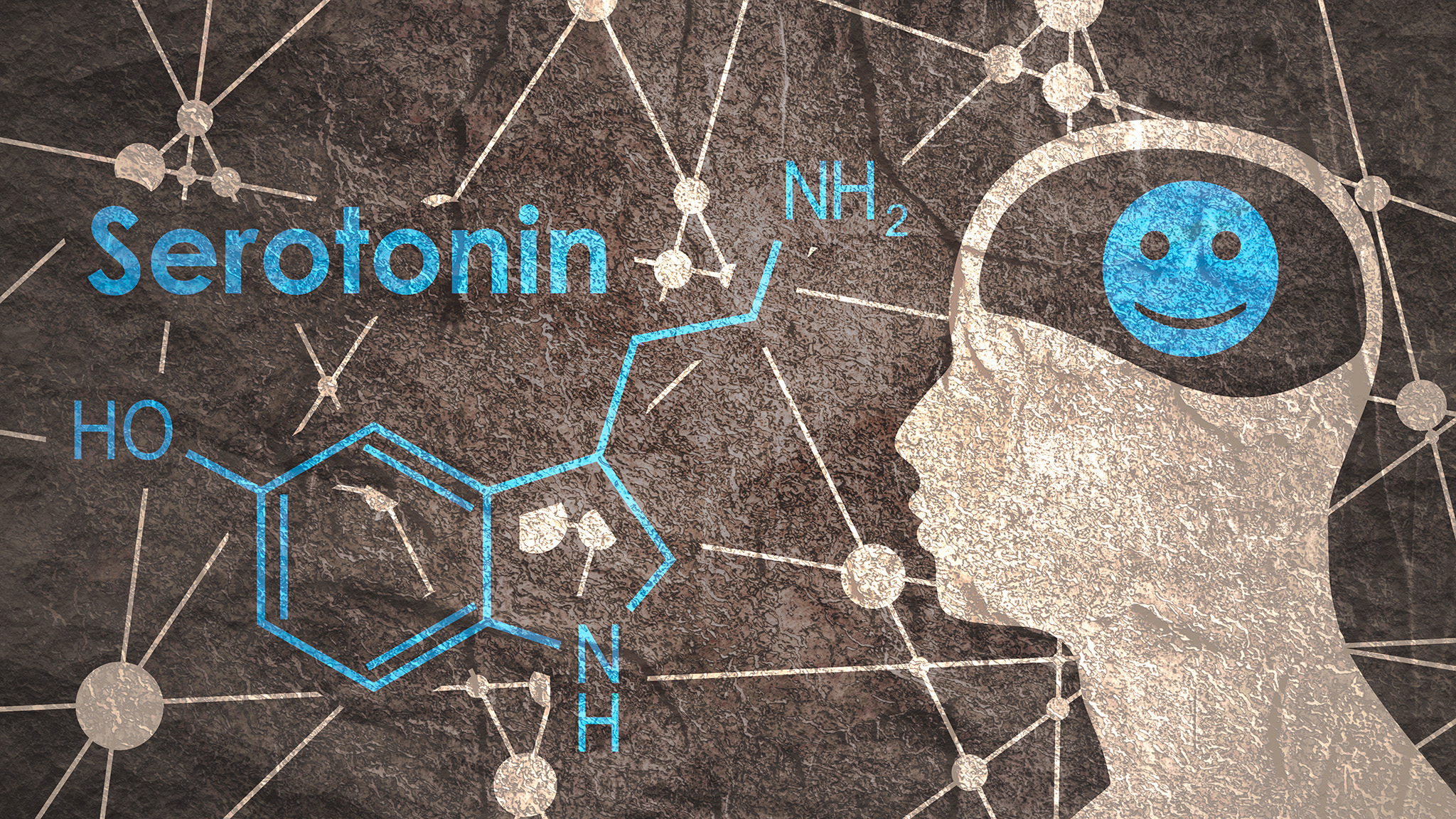
A new treatment target for Fragile X syndrome has emerged from multiple research labs and a pharmaceutical startup.
Neurolixis, a FRAXA pharma partner, has announced a new Fragile X development program. The company has filed patents for treatment of Fragile X syndrome using a highly selective new drug, NLX-101, which targets a single serotonin receptor: 5-HT1A.
From a clinical perspective, the use of serotonin 1A agonists to treat Fragile X is a no-brainer and very likely to lead to clinical trial success. These drugs would almost certainly have positive clinical effects in Fragile X individuals by decreasing anxiety, but the selective compounds have much greater potential for truly disease-modifying effects, also targeting learning and seizures.
Superficially, these newer drugs may not appear radically different from SSRIs like sertraline or fluvoxamine, which increase serotonin transmission generally. However, this new drug class only increases transmission through a single critical receptor type, 5-HT1A, offering the prospect of greatly reduced side effects as well as novel therapeutic effects.
Exploring Serotonin Pathways in Fragile X Treatment
FRAXA has been working with Neurolixis for some time to develop this new drug for Fragile X. NLX-101 has been extensively tested as part of a FRAXA grant to Dr. Khaleel Razak’s team at UC Riverside. The team has demonstrated profound effects of this compound on Fragile X electrophysiology as well as the correction of behavioral phenotypes in Fragile X mice. Studies with this compound are also underway at the FRAXA Drug Validation Initiative (FRAXA-DVI) in Chile.
Traditionally, drugs in this class are considered to be good treatments for anxiety and mood disorders, but highly selective serotonin 1A receptor agonists also show positive effects on cognitive function (learning) and seizure disorders. FRAXA has funded an independent project with Dr. Clinton Canal at Mercer University in Atlanta, which has demonstrated profound rescue effects and further validated this target in Fragile X.
Clinical Potential
This type of medication is likely to be quite safe; in fact, there is much clinical history with drugs that have effects at this receptor. However, this drug is far more selective than anything currently available. It even has a specific affinity for select brain regions, which would likely mean it will have few side effects. Perhaps best of all, 5-HT1A agonists can easily be used in combination with other popular drugs and newer drugs in development.
Written by
Michael Tranfaglia, MD
Medical Director, Treasurer, Co-Founder
Dr. Michael Tranfaglia is Medical Director and Chief Scientific Officer of FRAXA Research Foundation, coordinating the Foundation’s research strategy and working with university and industry scientists to develop new therapeutic agents for Fragile X. He has a BA in Biology from Harvard University and an MD from the University of North Carolina at Chapel Hill. His son Andy has Fragile X syndrome.



